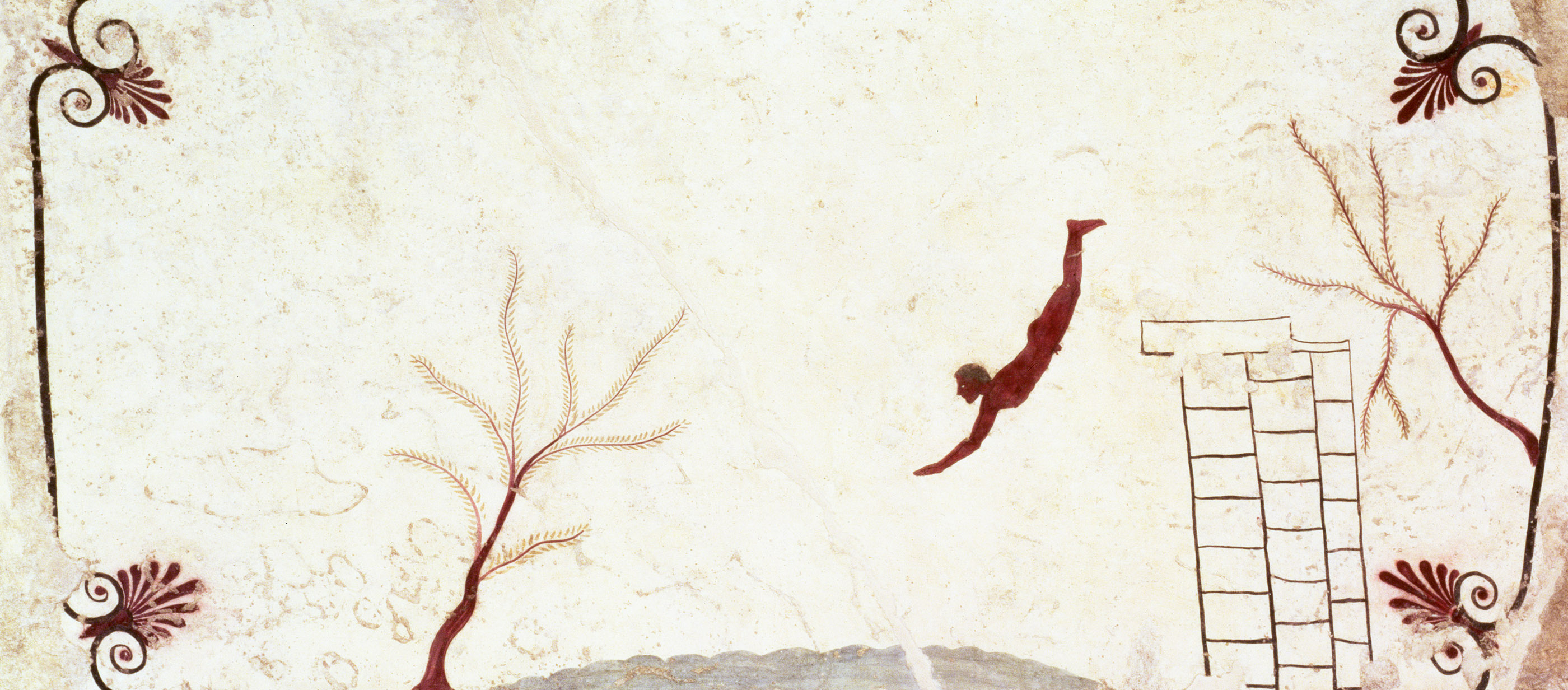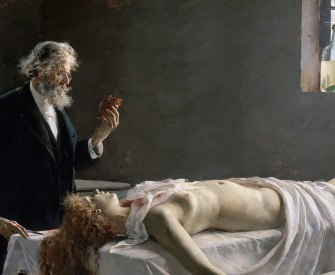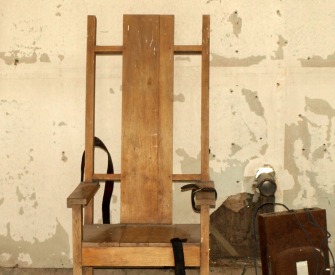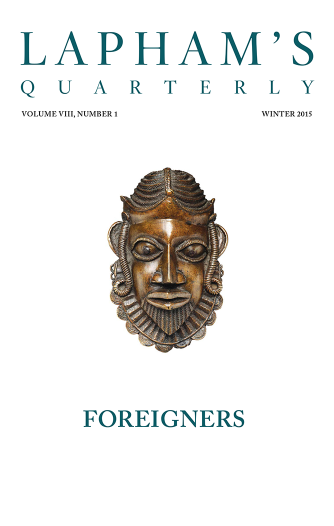“Get to your places!” shouted the Queen in a voice of thunder, and people began running about in all directions, tumbling up against each other; however, they got settled down in a minute or two, and the game began.
Alice thought she had never seen such a curious croquet ground in her life—it was all ridges and furrows; the croquet balls were live hedgehogs, and the mallets live flamingoes, and the soldiers had to double themselves up and stand on their hands and feet to make the arches.
The chief difficulty Alice found at first was in managing her flamingo; she succeeded in getting its body tucked away comfortably enough under her arm, with its legs hanging down, but generally, just as she had got its neck nicely straightened out and was going to give the hedgehog a blow with its head, it would twist itself round and look up in her face with such a puzzled expression that she could not help bursting out laughing; and when she had got its head down and was going to begin again, it was very provoking to find that the hedgehog had unrolled itself and was in the act of crawling away. Besides all this, there was generally a ridge or a furrow in the way wherever she wanted to send the hedgehog to, and as the doubled-up soldiers were always getting up and walking off to other parts of the ground, Alice soon came to the conclusion that it was a very difficult game indeed.
The players all played at once without waiting for turns, quarreling all the while and fighting for the hedgehogs, and in a very short time the Queen was in a furious passion and went stamping about, and shouting, “Off with his head!” or, “Off with her head!” about once a minute.
Alice began to feel very uneasy; to be sure, she had not as yet had any dispute with the Queen, but she knew that it might happen any minute, “and then,” thought she, “what would become of me? They’re dreadfully fond of beheading people here—the great wonder is that there’s anyone left alive!”
She was looking about for some way of escape and wondering whether she could get away without being seen, when she noticed a curious appearance in the air: it puzzled her very much at first, but after watching it a minute or two she made it out to be a grin, and she said to herself, “It’s the Cheshire Cat; now I shall have somebody to talk to.”

Fresco from the Tomb of the Diver, southern Italy, c. 475 BC. National Archaeological Museum of Paestum, Capaccio, Italy.
“How are you getting on?” said the Cat, as soon as there was mouth enough for it to speak with.
“I don’t think they play at all fairly,” Alice began, in rather a complaining tone, “and they all quarrel so dreadfully one can’t hear oneself speak—and they don’t seem to have any rules in particular—at least, if there are, nobody attends to them—and you’ve no idea how confusing it is all the things being alive. For instance, there’s the arch I’ve got to go through next walking about at the other end of the ground—and I should have croqueted the Queen’s hedgehog just now, only it ran away when it saw mine coming!”
“How do you like the Queen?” said the Cat in a low voice.
“Not at all,” said Alice. “She’s so extremely—” Just then she noticed that the Queen was close behind her, listening, so she went on “—likely to win, that it’s hardly worthwhile finishing the game.”
The Queen smiled and passed on.
Alice thought she might as well go back and see how the game was going on, as she heard the Queen’s voice in the distance, screaming with passion. She had already heard her sentence three of the players to be executed for having missed their turns, and she did not like the look of things at all, as the game was in such confusion that she never knew whether it was her turn or not. So she went off in search of her hedgehog.
The hedgehog was engaged in a fight with another hedgehog, which seemed to Alice an excellent opportunity for croqueting one of them with the other; the only difficulty was, that her flamingo was gone across to the other side of the garden, where Alice could see it trying in a helpless sort of way to fly up into a tree.
By the time she had caught the flamingo and brought it back, the fight was over, and both the hedgehogs were out of sight. “But it doesn’t matter much,” thought Alice, “as all the arches are gone from this side of the ground.” So she tucked it away under her arm, that it might not escape again, and went back to have a little more conversation with her friend.
From Alice in Wonderland. A mathematician and photographer as well as a writer, Carroll (né Charles Dodgson) first told his story about a girl falling down a rabbit hole to the four-year-old Alice Liddell while on a picnic in 1862. “Oh, Mr. Dodgson,” she said, “I wish you would write out Alice’s adventures for me!” He published Alice in 1865 and Through the Looking-Glass in 1871.
Back to Issue




